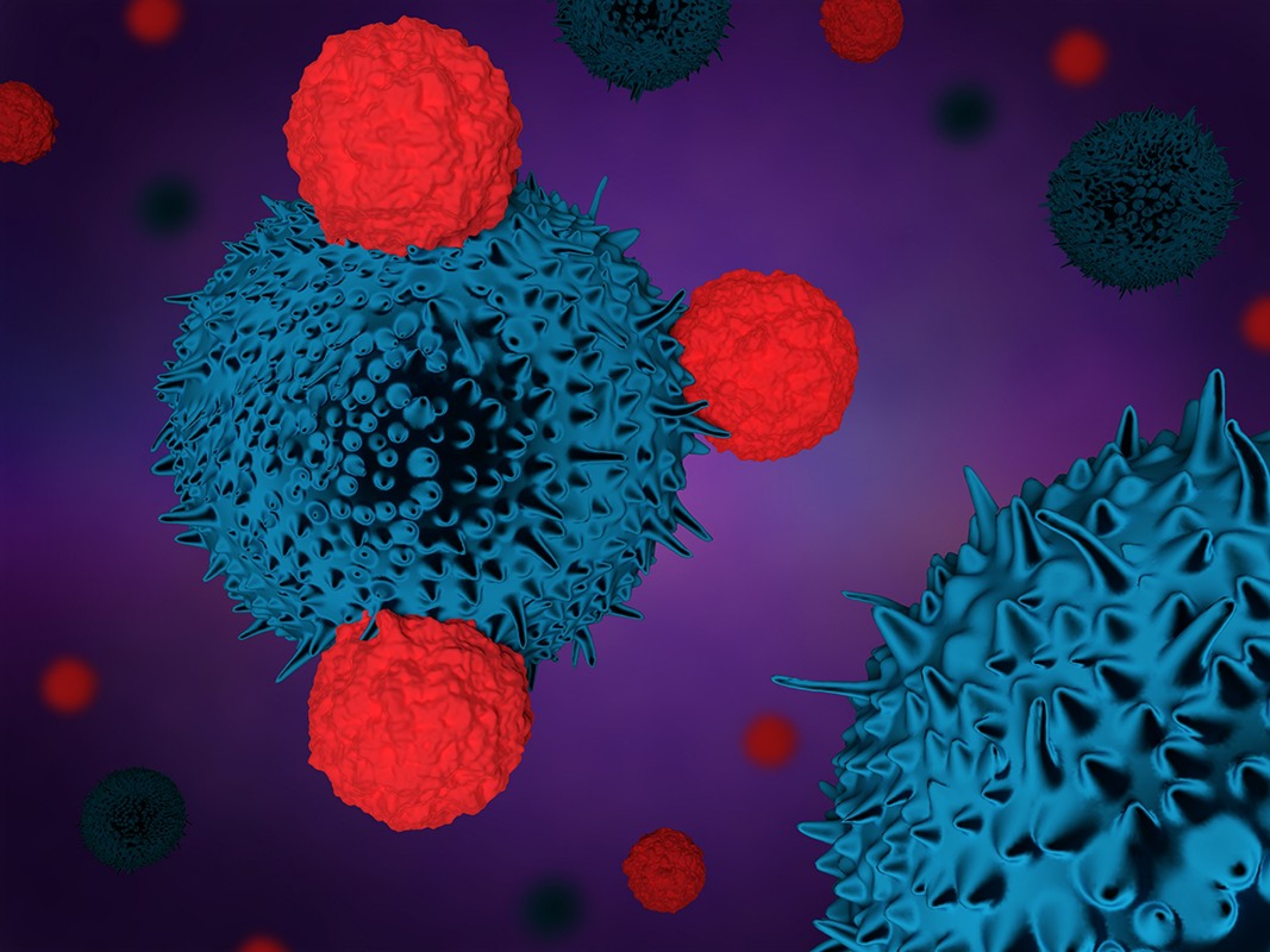In a clinical study of 70 AML patients previously treated with standard therapy researchers at MD Anderson Cancer Center used the combination of azacitidine chemotherapy with nivolumab immunotherapy. The results so far have shown that 33 percent of the patients have seen their leukemia recede or respond to the therapy and 22 percent have seen it completely disappear or are in complete remission.
While response to a new therapy doesn’t always translate into increased survival, a good response rate is an indicator the therapy is working.
AML is one of the most difficult forms of leukemia striking mostly people over 60 years old. While 60 to 70 percent of patients will achieve complete remission after their first treatment, 50 to 70 percent of those will relapse within 3 years, and only about 23 percent can expect to survive 5 years, according to SEER (Surveillance, Epidemiology, and End Results) statistics.
In addition to looking at response rate, the researchers looked at certain features of the patients' cancer and found that those with a high number of CD3 cells were particularly likely to respond to the new combination, which may allow doctors to select those patients for this treatment.
While response to a new therapy doesn’t always translate into increased survival, a good response rate is an indicator the therapy is working.
AML is one of the most difficult forms of leukemia striking mostly people over 60 years old. While 60 to 70 percent of patients will achieve complete remission after their first treatment, 50 to 70 percent of those will relapse within 3 years, and only about 23 percent can expect to survive 5 years, according to SEER (Surveillance, Epidemiology, and End Results) statistics.
In addition to looking at response rate, the researchers looked at certain features of the patients' cancer and found that those with a high number of CD3 cells were particularly likely to respond to the new combination, which may allow doctors to select those patients for this treatment.
Consequently with a treatment showing that a third of all relapsed AML patients respond and knowing which of those are most likely to respond encourages researchers to think they may be able to push up that 5-year survival rate.
The researchers have already begun a large clinical trial comparing the new combination treatment to standard therapy.
Source: MD Anderson press release
The researchers have already begun a large clinical trial comparing the new combination treatment to standard therapy.
Source: MD Anderson press release



No comments:
Post a Comment